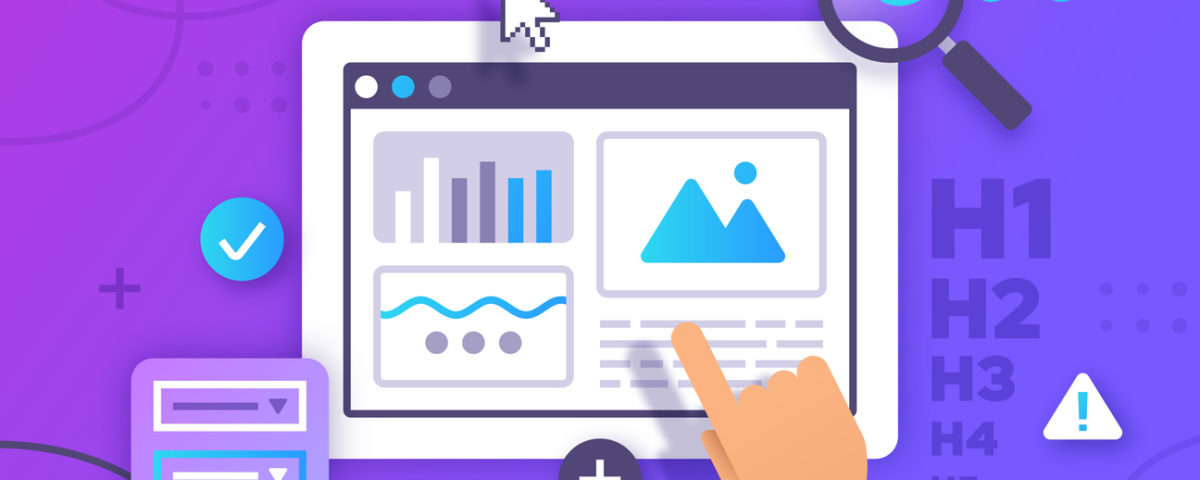Landing Page vs Website Page – What’s the Difference?

Is Your Website Down? Here Are the Most Common Reasons
December 8, 2022
The Power of Testimonial Videos: Why You Need Them
December 10, 2022
Landing Pages
Landing pages are focused on a single goal, usually to get your visitor to perform a specific action, such as subscribing to your email list or downloading an eBook. Landing pages offer relevance for the traffic sources that send users to them. Landing pages are designed to be simple, without too many distractions. They are intended to be a conversion point focused on a single product, offer or message.
What SHOULD be on a landing page: an eye-catching headline, supporting subheadings and copy that speaks to the value of what you’re offering, visuals like images or videos that support your offer, a form where prospects can enter their information, and finally, a call-to-action button.
What SHOULD NOT be on a landing page: navigation menus, contact information, blog posts and other content that doesn’t immediately relate to the landing page’s goal.
-----------
Web Pages
Website pages are broader in scope than landing pages - they don’t necessarily have one goal. Website pages can feature product descriptions, blog posts, contact information, etc. Unlike landing pages with single-minded goals (i.e., get visitors to take action), website pages are more about delivering content that provides value and educates visitors about your brand, products or services.
What SHOULD be on a web page: navigation menus, contact information, blog posts and other content that provide value to visitors.
What SHOULD NOT be on a website page: landing page-specific elements like eye-catching headlines, CTA buttons, etc., as they might distract a visitor from the primary purpose of the page.
These are just some of the critical differences between landing pages and website pages. By understanding how each serves its purpose in your digital marketing strategy, you can create more effective campaigns that will lead to success.
Where a web page's goal is to keep people moving through the website, the opposite is true of a landing page. Landing pages seek to convert visitors into leads by having them take a specific action.
Optimizing Your Landing Page to Increase Traffic and Conversion Rates:
To ensure your landing pages are converting as many visitors as possible, it’s important to monitor key metrics such as click-through rate, conversion rate, cost per click (CPC) and cost per acquisition (CPA). You can also use A/B testing to figure out which landing page elements are working best for you. This involves creating two versions of a landing page with different features and then comparing the performance of each version over time. By understanding how your landing pages perform and continuously optimizing them, you can ensure they’re as effective as possible.
Crafting Compelling Calls-to-Action:
Your landing page’s call-to-action (CTA) button is arguably the most crucial element of your landing page, so it’s essential to craft an effective one that encourages visitors to take action. To do this, make sure your CTA stands out on the page and use strong language like “start now” or “download now.” Additionally, try testing different colours and placements of your CTA to see which gets the highest rate of conversions.
How to Maximum Conversion Rates:
When creating a landing page, it’s essential to keep it as simple and focused as possible. Keep the number of form fields to a minimum to reduce friction and include visuals, such as images and videos, that will help capture visitors’ attention. Additionally, ensure your landing page is mobile-responsive, so it looks great on any device. Finally, use persuasive copywriting techniques such as storytelling and customer testimonials to explain why your offer is worth pursuing.
Good landing pages should be designed with the user experience in mind. Ensure all elements are easy to understand and navigate; avoid long blocks of text or too many CTA buttons. Give your landing pages a professional look by using an attractive design and clear messaging that encourages visitors to take action. Use persuasive copywriting to explain why your landing page’s offer is worth pursuing and make sure it has the necessary elements for successful conversion. By following these tips, you can create landing pages that will increase conversions and performance.

Carl could be considered the nucleus from which everything happens. He has 25 years of knowledge stuck inside his head just waiting to come out.
